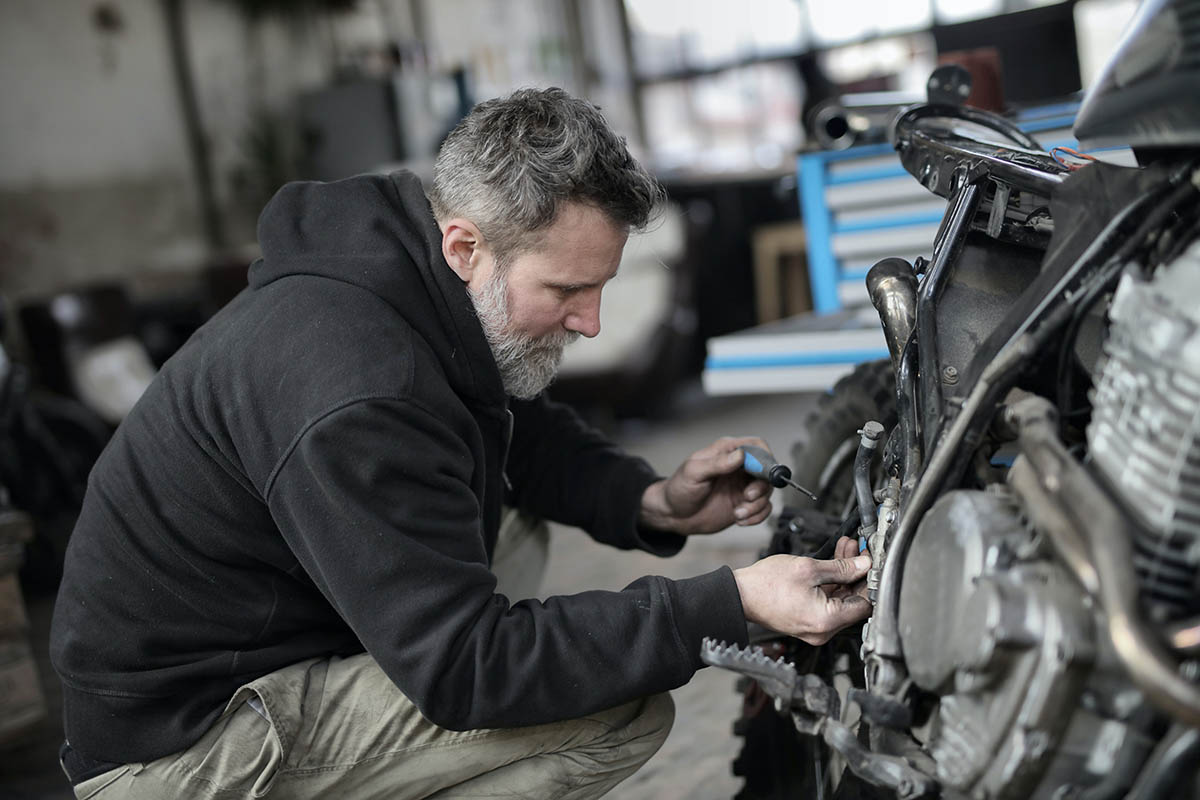The Importance of Conducting Lifting Equipment Inspections: All You Need to Know
Did you know that the construction industry continues to be one of the fastest-growing sectors in Australia?
As a result, it contributes immensely to the country’s Gross Domestic Product (GDP).
It follows that companies across Australia—Adelaide included—find the industry lucrative. In order for them to continue raking in the profits, they must take the necessary steps to remain in business.
That includes taking care of their lifting equipment Adelaide business owners, fortunately, understand this concept well and make conducting routine inspections of their equipment a priority.
Whether you own cranes, jacks, hoisting tools or any other form of lifting equipment, it’s important to perform regular inspections for the reasons outlined below.
Legal Compliance
While conducting regular lifting equipment inspections is the right thing to do, not all construction companies are forthcoming.
The truth is that some construction company owners do so out of obligation which isn’t surprising considering how costly this exercise is. In other words: they simply have no choice.
Construction companies world over are required to comply with industry regulatory standards or risk facing lawsuits or fines.
In worst-case scenarios, being found on the wrong side of the law warrants total business suspension. Because of the production break, this negatively impacts profits.
As a Preventative Measure
Whenever heavy lifting of equipment is involved, you can’t rule out the possibilities of accidents occurring. The risk is even more apparent if workers are using malfunctioning equipment.
This is why construction companies need to take preventative measures to minimize such occurrences.
When this happens, you may end up paying more money in medical bills or legal bills than you would have with inspection fees.
If anything, such measures aren’t merely preventative but may very well be life-saving procedures.
Responsible construction owners understand that the responsibility of ensuring their workers safety sits squarely on their shoulders.
This is an oath that you knowingly or unknowingly take the minute you venture into the construction industry.
Besides, creating a safe working environment for your employees isn’t really up for debate in the construction sector.
Companies are expected to comply with government standards where worker safety is concerned.
Increase Operational Efficiency
Productivity is closely linked to the quality of equipment used in any organization. Using worn-out and poorly serviced equipment grossly slow down productivity & efficiency.
What usually takes a day to complete may end up taking weeks or even months. The end result is a failure to meet project deadlines which can adversely affect business relations.
It’s a well-known fact that in the world of business you need to spend money to make money.
Invest in equipment that performs optimally and you’ll reap the financial rewards.
Also, by conducting regular inspections, you automatically increase both equipment availability and capability.
Because workers have more working machinery at their disposal as opposed to run-down equipment, this increases productivity.
Identify Potential Problems
Crane inspections are indeed costly. But if conducted routinely, this may save your company huge sums of money in the long run.
Through inspections, contractors can identify potential problems on the lifting equipment beforehand. And these problems can be rectified before they get out of hand.
This could potentially save you from conducting costly repairs that will occur when the issues are left unattended for too long. In some cases, this prevents you from purchasing new equipment altogether.
Regular routine inspections will certainly prove to be cost-effective in the long run.
After all, it indeed pays to be proactive.
What Inspections Are Conducted on Lifting Equipment?
We strongly advise that you engage the services of a professional contractor to conduct these routine inspections. Below is a list of inspections that are done:
- Static load testing
- Checking of brakes and wire rope assemblies
- Inspection of sheaves
- Operational tests to ascertain the machine’s functionality
- Examination of safety devices
- Compliance assessments
- Development of cracks on the equipment as a result of wear and tear
- If electrical wires that run through the crane aren’t compromised
- The presence of loose bolts
Frequency of Inspections
How often must these inspections happen? The frequency will differ from one model to the next. We advise that you consult your equipment manual for specific details.
Also, the frequency of these inspections depends on company policy. Inspections can be conducted weekly, monthly or every three months.
But this is determined by how often the machinery is used.
Types of Inspections
Note that there are different types of inspections that are conducted at any given time. We list the most basic types below:
- Initial inspection: This is done before the lifting equipment is used to ascertain if it’s in proper working condition.
- Functional test inspection: This is conducted before every shift to test operating mechanisms for maladjustments.
- Frequent inspection: Here you check all the aspects of the machine and this largely depends on usage.
- Periodic inspections: These inspections are also based on how often you use the equipment.
Final Words
Periodic equipment inspection is paramount because not only is the occurrence of irreversible accidents reduced, but lives can be saved.
Why not do the right thing and play your part by ensuring all of your lifting equipment is working safely?




















